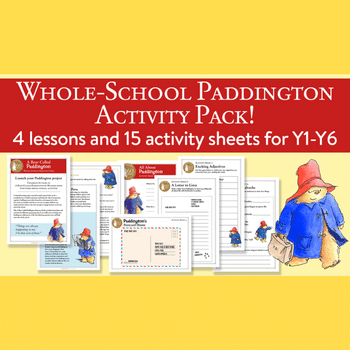4 Ways to Assess with Edtech

Karin Bjerde’s practical tips can help put your students at the centre of the learning experience, and improve outcomes through technology…

- by Karin Bjerde

1 | Use their media
Many students today are still using printed textbooks but given the abundance of technology in their lives, this seems outdated.
Paperbound books often aren’t as relatable for teens when most of their information is consumed through podcasts, apps, and YouTube!
Student engagement is undeniably linked to two learning metrics – student satisfaction and the quality of the learning experience – so next time you’re thinking about lesson plans and assessment formats consider leveraging the digital instincts of learners by using resources like intelligent textbooks and online platforms.
2 | Celebrate mistakes
Mistakes have huge learning potential but sometimes young people need help coming to this realisation.
With real-time feedback, students take control of their progress – understanding their strengths and weaknesses as well as their overall subject knowledge.
This knowledge provides a greater sense of ownership over their education journey and increases their motivation – skills that are invaluable during exam season.
What’s more, regularly practising self-assessment also increases learners’ confidence and motivation and improves academic performance.
3 | Take a load off
Intelligent textbooks and digital resources aren’t only for students. They can also be game changes for teachers.
Individual instruction
It sounds like a hassle but it’s not! Working through linked resources means automated progress tracking for each pupil and the assignment of personalised homework.
Lesson planning
With well-researched resources, teachers can reap the rewards of intuitive lesson plans informed by their students’ strengths and weaknesses, and their curriculum requirements.
Marking
One of the most common grievances with assessment is the time vacuum created by exams, but intelligent digital resources ease this burden through automated marking.
4 | Promote peers
Encouraging peer-to-peer learning creates a great learning environment.
It can foster some friendly competition but it’s really all about the reinforcement of key concepts that students can build and reflect upon during assessment.
When introducing peer-to-peer learning think of the following:
- Peer-to-peer quiz battles that can increase engagement and introduce an exciting gamification element.
- Collaborative problem-solving activities like that centre around teamwork, trial and error, and the diversity of opinion.
- Peer mentoring and tutoring activities during which students learn how to teach and work through complex concepts via investigation.
Karin Bjerde is the head of strategic growth at Kognity, an award-winning digital publisher that combines the power of technology and textbooks to create a vastly elevated learning experience.











